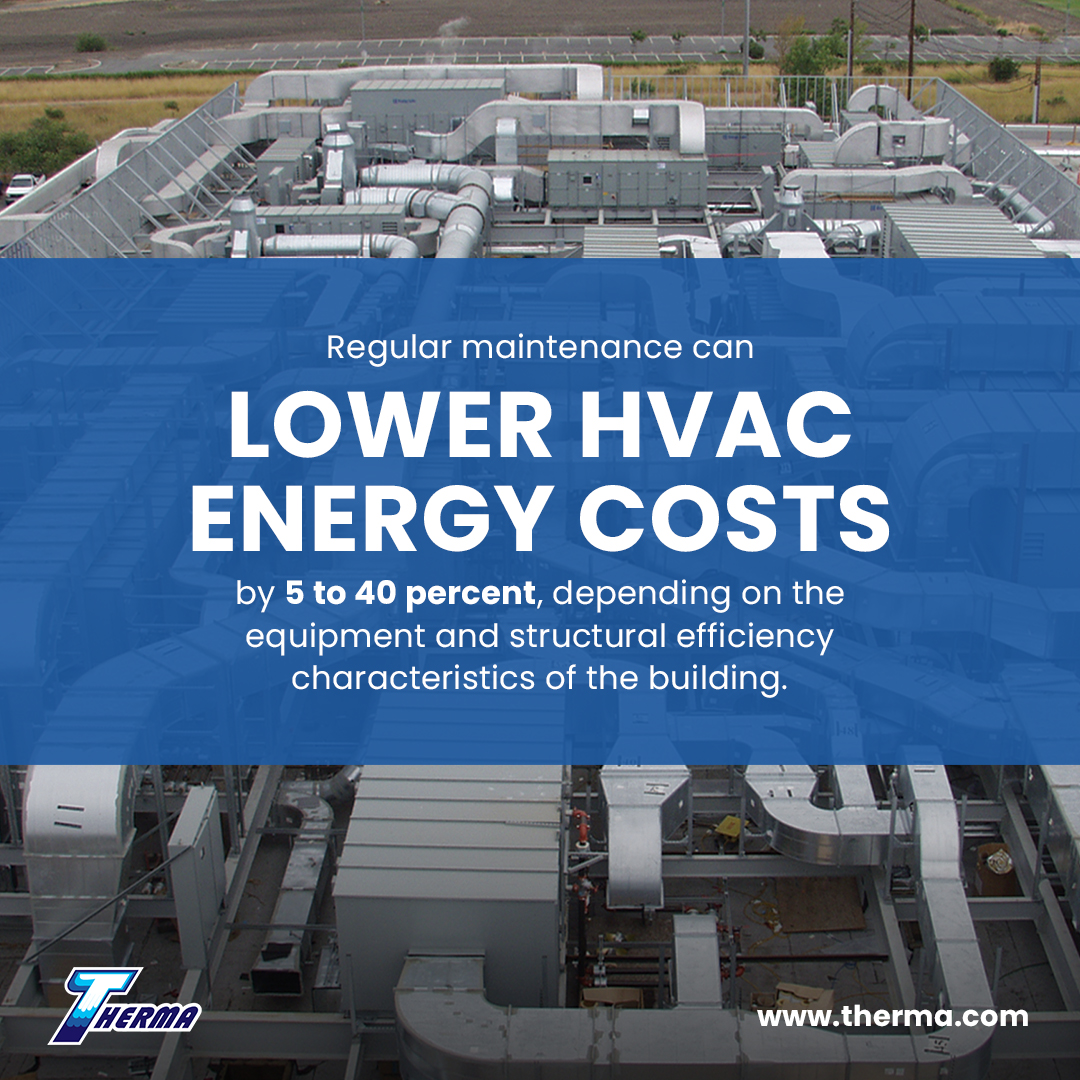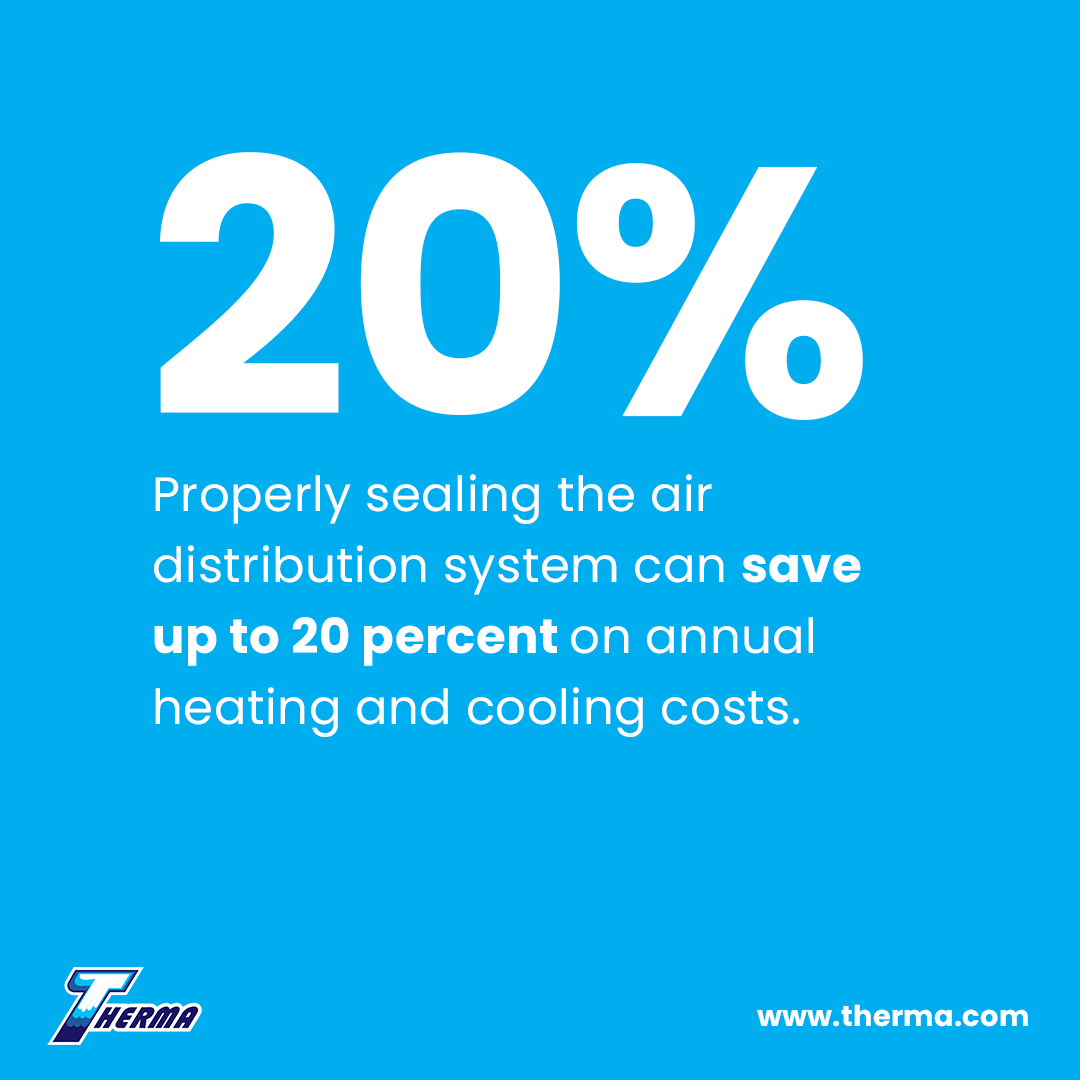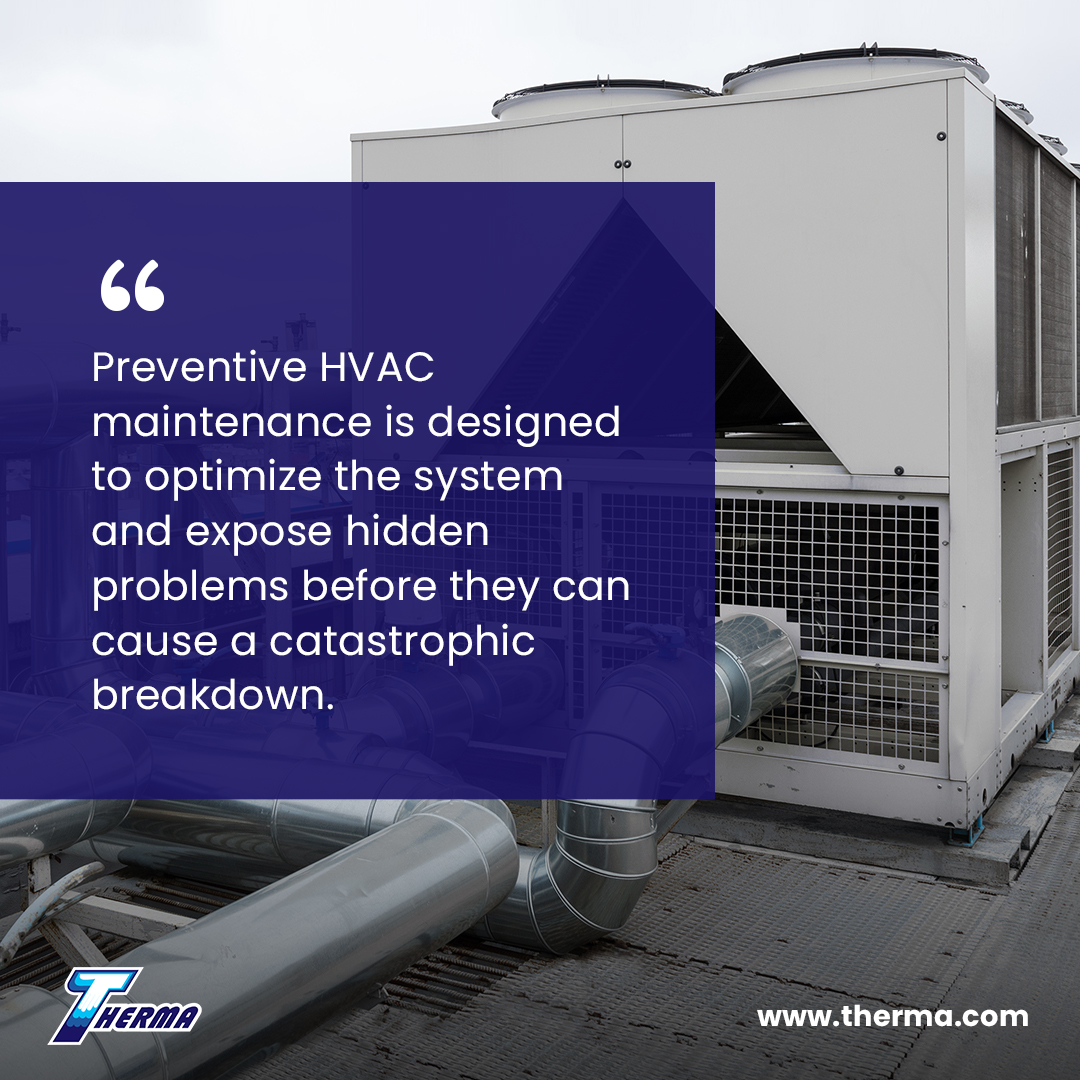Facilities administrators, managers and business owners must address the constant challenges of balancing energy costs and capital expenditures with the growing demand for HVAC resources. Comprehensive HVAC maintenance can help lower energy costs, eliminate expensive repairs, reduce downtime and extend the life of the heating and cooling system. In fact, the Building Efficiency Initiative reports that regular maintenance can lower HVAC energy costs by 5 to 40 percent, depending on the equipment and structural efficiency characteristics of the building. [1]

Commercial HVAC Preventive Maintenance Checklist
Our commercial HVAC preventive maintenance checklist covers a variety of different system configurations. Here are the essential maintenance checklist items for most forced air heating and cooling systems.
- Filters: Central air filters capture a wide array of contaminants, so they become loaded with airborne debris very quickly. This increases the system’s static pressure and reduces air flow, which can diminish performance and raise energy costs. Filters should be inspected on a monthly basis and cleaned or replaced based on the manufacturer’s recommendations.
- Refrigerant and Compressor Oil: Refrigerant is the lifeblood of a commercial forced air system. If the refrigerant level is too low, it can result in the coil freezing up, a loss of cooling capacity and compressor damage. If the problem persists, a qualified commercial technician can troubleshoot the system to determine if there is a refrigerant leak. [2] Always check compressor oil levels on units that have a site glass.
- Economizers: Inspect economizers on an annual basis to determine if the dampers, actuator and sensors are working properly. Electrical connections and ventilation settings should also be tested and confirmed.
- Diffusers: Conditioned areas are continually repurposed, which changes occupancy rates and the total load. Rebalance diffusers annually to reflect changes in the way the building space is being utilized.
- Condenser and Evaporator Coils: The evaporator and condenser coils play a critical role in the heat exchange process, so they should be cleaned at least once a year. It’s very important to remove debris from the condensing coil since it’s exposed to the elements. Once the cleaning is complete, both coils can be treated with an antimicrobial agent to inhibit the growth of mold, fungi and other biological agents.
- Belts, Bearings, Pulleys and Motors: Critical parts must be inspected and lubricated at least once a year. This includes the bearings, belts, pulleys and motors. Pay special attention to the belts to make sure they’re tensioned properly. Belt slippage can result in uneven performance, and too much tension can add wear and tear to the bearings and motor. Failing to lubricate the bearings regularly could result in overheating and seizing, which can damage the entire blower wheel assembly. Replace the blower belts at least once a year and more often if the unit operates continuously.
- Blower Wheel Motor and Housing: The blower wheel housing and motor are essential components in the air handler. Dirty blower wheels create drag that can reduce the service life of the system by causing coils to freeze and decreasing airflow, which adds considerable stress to the compressor. Clean the blower regularly and service the motor annually.
Duct Cleaning and Repair: In sensitive environments where a low particulate count is critical, the ductwork ought to be inspected annually and cleaned every two years. During the inspection process, technicians can identify and repair gaps, holes, breaches and loose connections in the duct material. Properly sealing the air distribution system can save up to 20 percent on annual heating and cooling costs. [3]

- Electrical System: Commercial HVAC systems typically operate on 3-phase high-voltage electricity, so electrical components should only be serviced by a certified commercial HVAC technician. High-voltage electrical imbalances can cause overheating and poor motor controller performance.
- Miscellaneous: In addition to the steps listed above, there are a number of ancillary items that should be included in a thorough commercial maintenance checklist:
- Measure voltage and current across the motors
- Tighten electrical connections
- Inspect the flue
- Inspect and adjust burners
- Inspect heat exchangers
- Check the thermostat and re-program if necessary
- Inspect and clean condensate pan and drain lines
- Inspect and verify operation of safety controls
Preventive Maintenance Services

A commercial HVAC equipment malfunction can be expensive and disruptive, especially for those businesses that deal with temperature-sensitive or perishable inventory. At Therma, we offer comprehensive commercial maintenance plans tailored to meet the unique needs of your business. Factory trained and NATE certified technicians visit your building on a regular basis to perform a wide array of tests, inspections, calibrations and adjustments. Preventive HVAC maintenance is designed to optimize the system and expose hidden problems before they can cause a catastrophic breakdown during severe weather. If an issue is discovered, it can be repaired during off hours to minimize disruption and restore continuity to your business.
By William Busse
William Busse has more than 30 years experience in the construction industry in sales, contracting, distribution and manufacturing. He has an extensive background in the mechanical contracting industry, largely from the distribution and manufacturing sides of the business. He has had deep involvement with a variety of large-scale commercial/industrial mechanical contractors, particularly related to value engineering. This includes process piping, high-pressure steam, cryogenics, thermal insulation and commercial/industrial HVAC.
Sources:
- http://www.buildingefficiencyinitiative.org/articles/studies-show-hvac-system-maintenance-saves-energy
- https://www.achrnews.com/articles/88937-troubleshooting-an-undercharge-of-refrigerant
- https://www.pge.com/en_US/business/resources/tips-trends-and-incentives/energy-insights/past-articles/6-sustainability-tips-for-commercial-hvac-that-also-save-money.page







